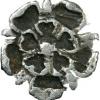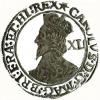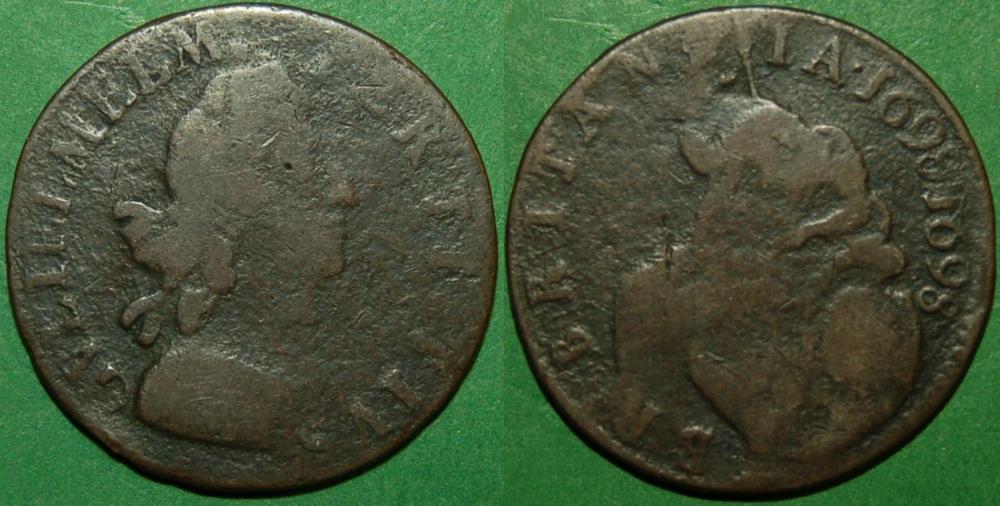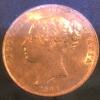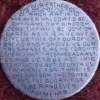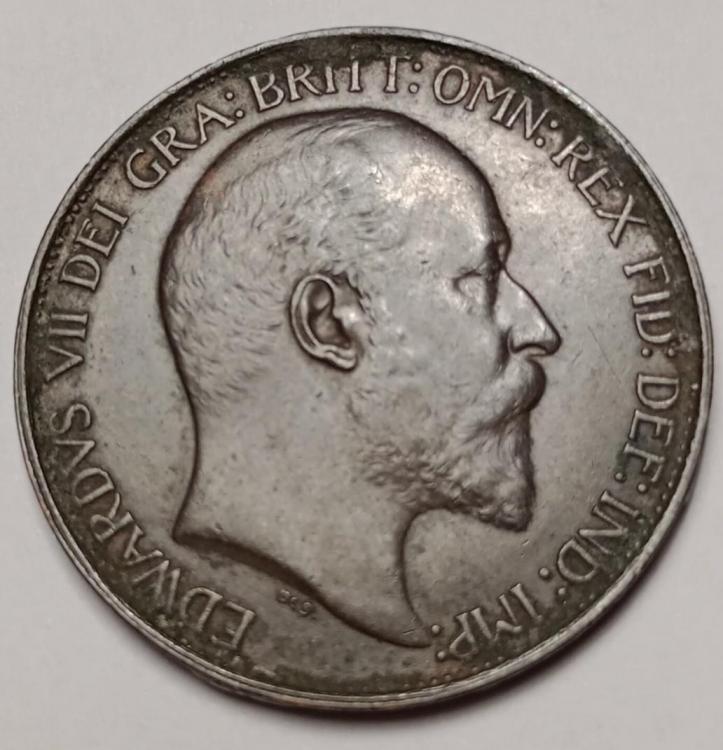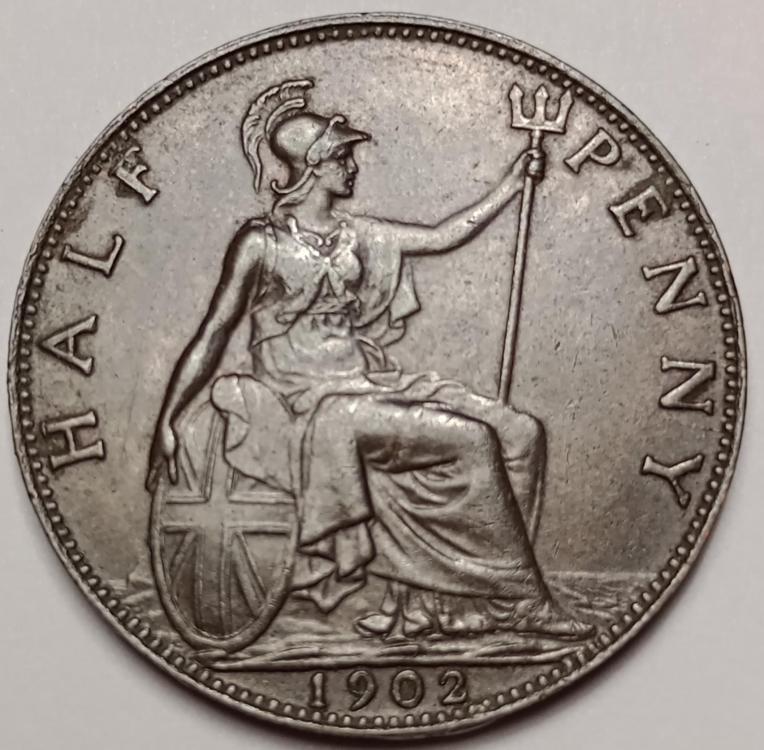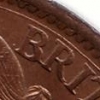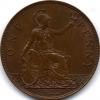Leaderboard
Popular Content
Showing content with the highest reputation on 10/20/2023 in all areas
-
OK, Baldwin had an auction today and some interesting bits there. In my area (Vicky Silver - LOL) I upgraded my current 1842 2/6 by getting lot 587, the second of those on offer - the first not as pleasant... To me the big surprise in milled was not necessarily the highest priced: 1953 Halfcrown (Lot 608) - this went for 1400 plus commission, etc. Or 2100+ USD! OUCH. 1860/59 Penny (Lot 638) went IMHO a bit low at 2600 1864 Penny, crosslet (Lot 649) I think also went at 2600. This piece decent grade but IMHO surfaces not that pleasant "1551" (1851) Three pence (Lot 487) I think went at 3200. I don't care that another lesser specimen sold at 3600 some while ago, IMHO not worth the price fetched. A few others as well. Anyone else with opinions about the auction?1 point
-
This is a perpetual problem with several of the auction houses. Over-brightness on the images wipes out a lot of black spotting, particularly on the full lustre/colour coins. I picked up my third choice yesterday, but was really after the 1739 O over R sixpence, so if anyone picked that up and is looking to sell it on, I'd be interested, within reason. I wanted to bid more and would have, but I have my eye elsewhere and wanted to keep the powder dry. I was surprised that all those lovely Halfcrowns didn't find a new home.1 point
-
It attracted a single bid and hammered at the starting price of £3000. I am not convinced the one that sold for £3600 in the Portland collection (St James’s) was the lesser coin - but I do think it’s price (which started from an estimate of £750 -£1000) was a spike caused by two competing bidders (it was the spectacle of the auction). I kept my powder dry today and hope to find a better example one day.1 point
-
Correct. That's why MS can mean Mostly Smoothed on occasion, referring to between 60 & 70% flattening.1 point
-
And PCGS could not grade this one declaring it had been cleaned. I've looked very hard at at this coin through a X10 glass and fail to see any evidence of cleaning. There's even some mint luster around the the legend. As it didn't cost much due to the PCGS grading AU detail I'm not too unhappy but consistency is grading is a big issue1 point
-
1 point
-
I have never been a fan of the current £1 design and am rather glad with the proposed change.1 point
-
1 point
-
1 point
-
I have a general query with regards to being able to identify a proof strike. The reason I ask this is because someone has listed a proof farthing for auction on the eBay, and I wanted to see if it was legit or not. Ebay isn't somewhere I would usually buy from, nor would I buy this particular coin as I don't like it, but with the obvious exception of the quality of strike, are there any other features of proof strikes that identify them such as different number of denticles etc?1 point
-
It depends on what you have as not all apply in all instances. Generally speaking therefore, a proof will have brilliant fields, square rims, sharper milling, squarer sides to the lettering, a better quality of engraving to the detail and is likely to be in close to as struck condition. Although a few proofs get circulated, the vast majority do not, and in the case of non-set years, almost never. Easiest way is comparing a known currency piece with a claimed proof and then look for reasons why it isn't one rather than saying it is better, so must be one.1 point
-
https://coins.ha.com/c/search-results.zx?N=3184+792+4294934363&type=bodycopy-coinworld-news-tem100623 TPG grading of virtual currency. Can't wait for a CAC sticker to say it is genuine. Does a failed crypto currency systems warrant a details grade? Why does a virtual currency need a metal disc in any case? Surely their raison d'etre was to eliminate them? Touted as the most important physical collection of crypto currency ever to come to market, this has to be the biggest load b****cks seen in many a time.1 point
-
I probably won't be able to answer this query, but I think we need to know what era you are looking at, as the identifying features are likely to be different. I was looking at mid 18th century halfpennies earlier and see that Peck notes slight differences in the positioning of some features of the coin for proofs.1 point
-
1 point
-
1 point
-
1 point
-
1 point
-
1 point
-
Even the sets from the 1950s can be picked up relatively cheaply. I guess it is a change from collecting British coinage as the obverse portraits are all different.1 point
-
Mr T said that, not me. My point revolves around the different A marked dies and the use of the die letter in general. I appreciate the die letters are used with reverses E(B), F(C) & G(A) which would imply they are comparing the 3 designs, but why would they be comparing them in 1862 when all three were used in various obv/rev die pairs the year before? It isn't as if they had no data to go on given the large output in 1861. Unless they suddenly ran into a problem with rev. G for whatever reason and felt the need to revert to an earlier die to see if something could be improved. Then to have at least 3 different A dies raises the question as to why more than one was needed.1 point
-
1 point
-
1 point
-
Hmmm. The thing that stands out most here is the different positions of the two As to left of the lighthouse. The grotty one appears to be well circulated and presumably genuine as nobody would counterfeit a coin with a small A by the lighthouse when the majority of examples were bereft of any mark. The high grade one looks genuine too, so where does that leave the letters being a means of die identification? Back to the drawing board? The obvious inference is that not all As are equal, so with multiple dies extant, the letter must refer to something else - week, coining press, metal mix?1 point
-
You'd of thought they'd of put it in aligned to the two pence after going to the trouble!1 point

